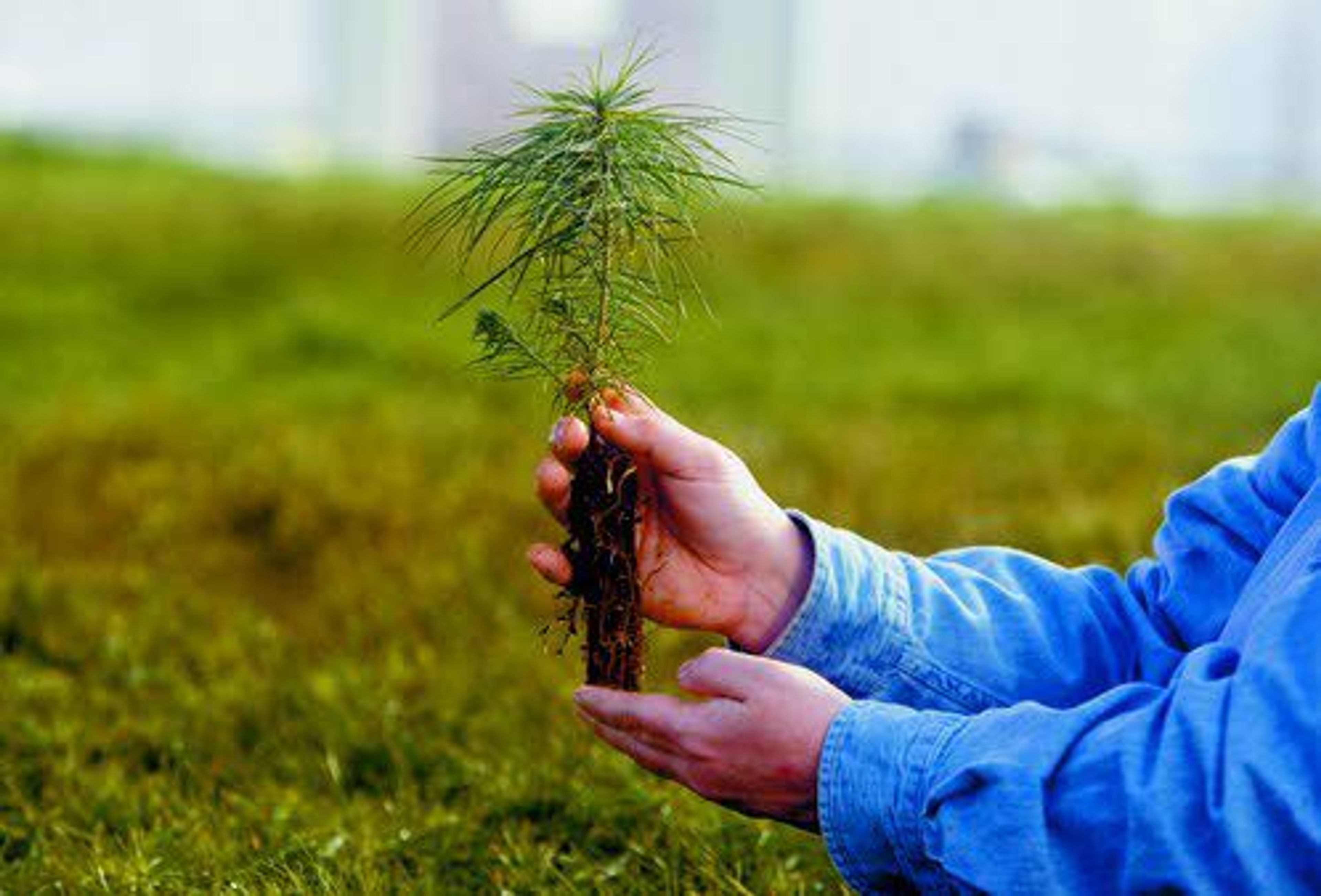Go west, young pine: Forests shift with climate change
WASHINGTON - A warmer, wetter climate is helping push dozens of eastern U.S. trees to the north and, surprisingly, west, a new study finds.
The eastern white pine is going west, more than 80 miles since the early 1980s. The eastern cottonwood has been heading 77 miles north, according to the research based on about three decades of forest data.
The northward shift to get to cooler weather was expected, but lead author Songlin Fei of Purdue University and several outside experts were surprised by the move to the west, which was larger and in a majority of the species.
New trees tend to sprout farther north and west while the trees that are farther south and east tend to die off, shifting the geographic center of where trees live. Think of it as a line of people stretching, said Fei.
Detailed observations of 86 different tree species showed, in general, the concentrations of eastern U.S. tree species have shifted more than 25 miles west and 20 miles north, the researchers reported in the journal Science Advances on Wednesday.
One of the more striking examples is the scarlet oak, which in nearly three decades has moved more than 127 miles to the northwest from the Appalachians, he said. Now it's reduced in the Southeast and more popular in the Midwest.
"This analysis provides solid evidence that changes are occurring ," former U.S. Forest Chief Michael Dombeck said in an email. "It's critical that we not ignore what analyses like these and what science is telling us about what is happening in nature."
The westward movement helped point to climate change - especially wetter weather - as the biggest of many culprits behind the shift, Fei said. The researchers did factor in people cutting down trees and changes to what trees are planted and where, he said.
With the Southeast generally drying and the West getting wetter, that explanation makes some sense, but not completely, said Brent Sohngen at Ohio State University, who was not involved in the study.
"There is no doubt some signature of climate change," he said in an email. But given the rapid rates of change reported, harvesting, forest fires and other disturbances, are probably still playing a more significant role than climate change, he wrote.









